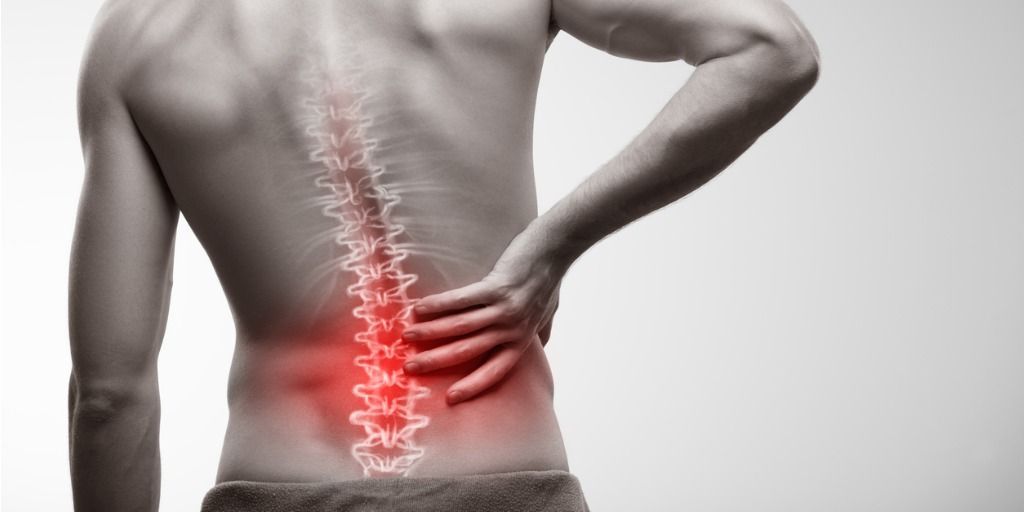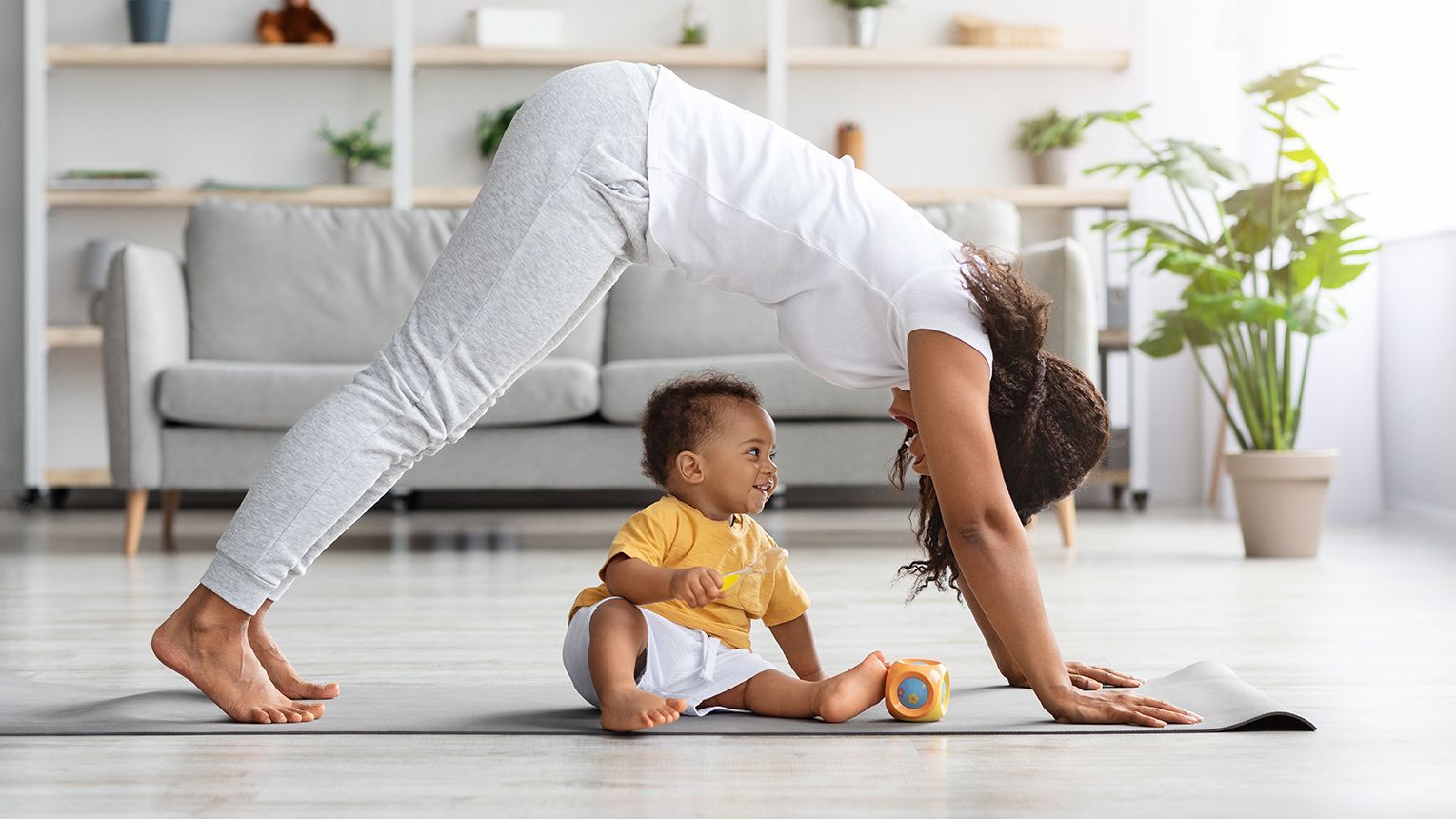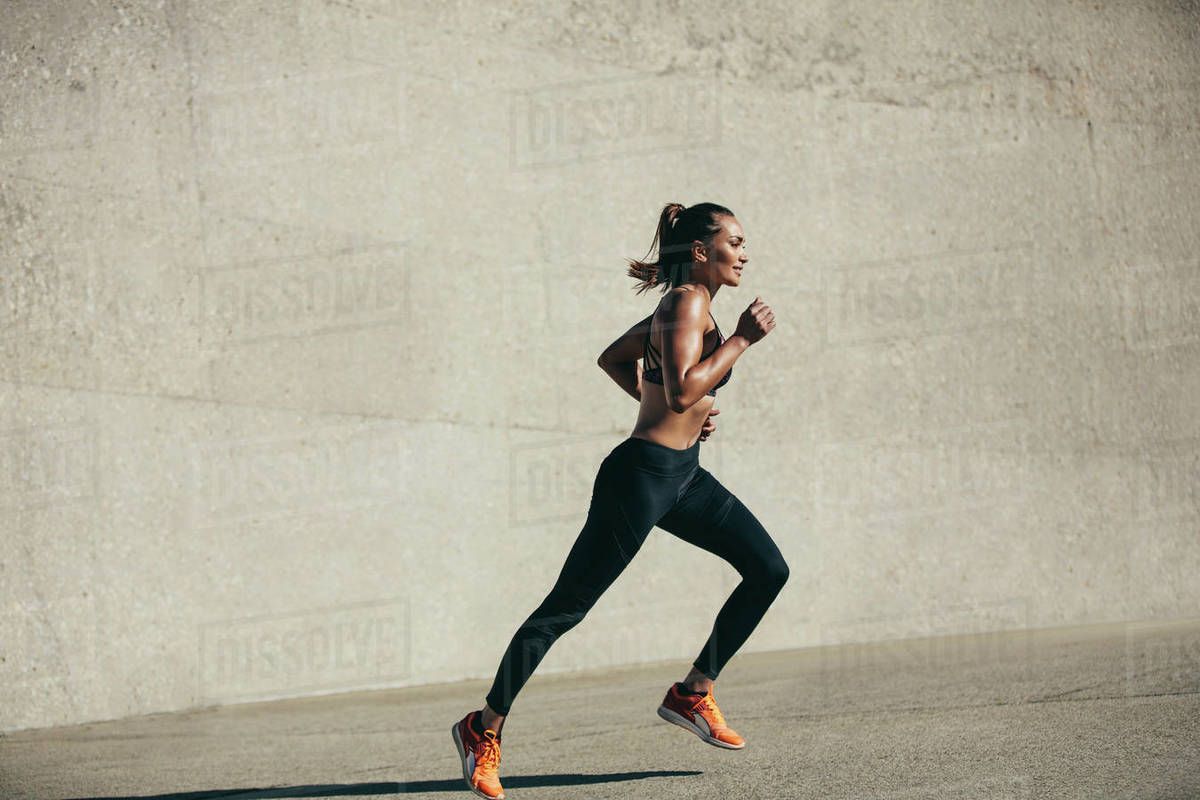Stress: A real headache.
Migraines are debilitating headaches that affect millions of people worldwide and unfortunately, I have been one of them. Migraines are characterized by severe throbbing or pulsating pain, often accompanied by other symptoms such as nausea, sensitivity to light and sound, and visual disturbances. Though as with everything in life these symptoms can vary from person to person. As migraines can significantly impact an individual’s quality of life, it is important to understand the potential triggers and how to manage them. Today I would like to discuss my sole migraine trigger, stress.
While the exact mechanisms remain unclear, evidence suggests stress can be a contributing factor for migraine onset, chronification and symptom burden. Additionally, stress can interact with other genetic, environmental, and lifestyle factors, making it challenging to determine the exact role of stress in triggering migraines for each person. Nonetheless, research indicates managing stress may be an important aspect of migraine management for specific individuals. Below are some techniques that you may find beneficial to reduce stress levels:
Aerobic Exercise
Exercise promotes overall well-being, helps manage stress levels, and has evidence to support improvements to migraine frequency and severity. While there are no current recommendations for the duration, research suggest gentle aerobic exercise such as walking or cycling are beneficial. It is important to start slowly, listen to your body, and find a type of exercise that work best for you.
- Try low impact exercises such as walking, cycling and yoga, focus on finding an exercise that you enjoy and can tolerate.
- Can begin with short bouts of activity and increase as you are able to tolerate more.
- Working up to an accumulative 30 minutes per-day
Diaphragmatic breathing
Utilising breathing techniques can help provide a distraction from your migraine symptoms while getting your nervous system to ‘wind-down’.
- Lie on your back with your knees bent and your head supported.
- Place one hand on your upper chest and the other just below your rib cage. This will allow you to feel your diaphragm move as you breathe.
- Breathe in slowly through your nose so that your stomach moves out, causing your hand to rise. The hand on your chest should remain as still as possible.
- Exhale through your mouth in a slow and controlled manner. The hand on your stomach should move down while the hand on your upper chest remains as still as possible.
Neck Stretches
Many people develop muscular tension in their neck, shoulders, and upper back. For certain people (such as myself) this can be an aggravating factor to migraines. When completing the following neck stretch, focus on your breath and go a far as tolerated.
- Sit up straight with both hands at the sides.
- While keeping everything else still, rotate the head to the left about 45 degrees (which is about halfway toward the shoulder).
- Tilt the chin downward until a good stretch is felt on the back right side of the neck.
- To increase the stretch further, the left hand can be brought up to the back of the head to gently pull down a little more.
Migraines are multifactorial, meaning stress may only be one factor for your symptoms. Consult with your Doctor for an appropriate treatment plan that is individualised to you.
Further Reading:
https://headacheaustralia.org.au/migraine/
Is there a causal relationship between stress and migraine? Current evidence and implications for management. https://doi.org/10.1186/s10194-021-01369-6
The effect of aerobic exercise on the number of migraine days, duration and pain intensity in migraine: A systematic literature review and meta-analysis. https://doi.org/10.1186/s10194-019-0961-8
Erin Jutsum
Workers Compensation Specialist (AEP, ESSAM)
Exercise Rehabilitation Services – WA




